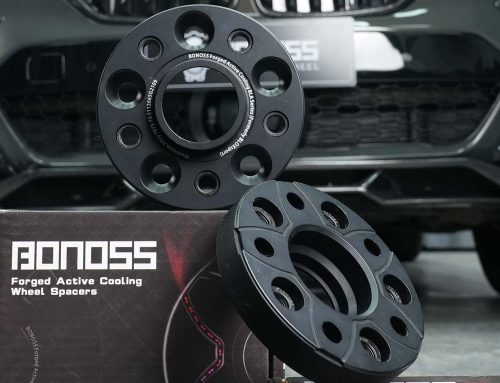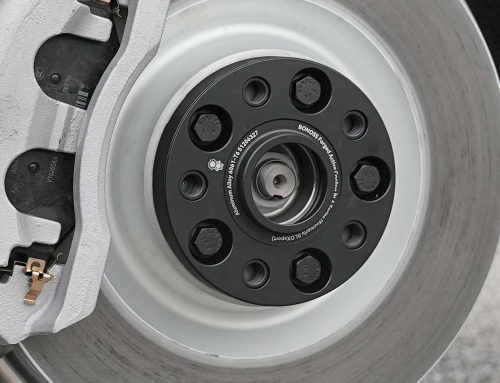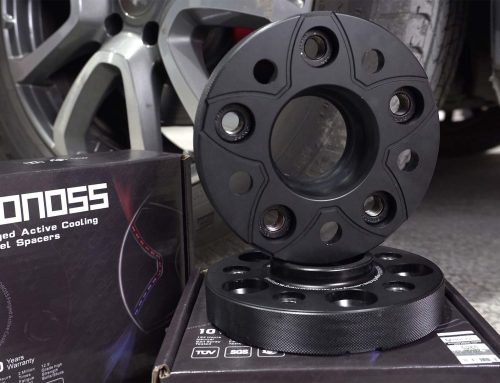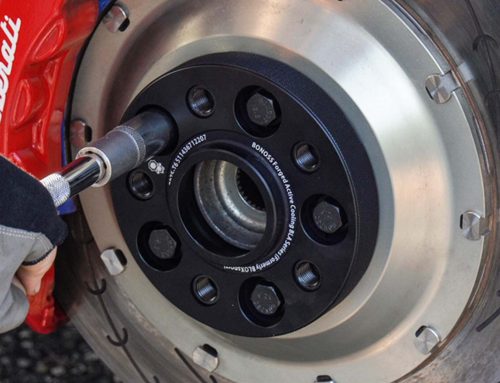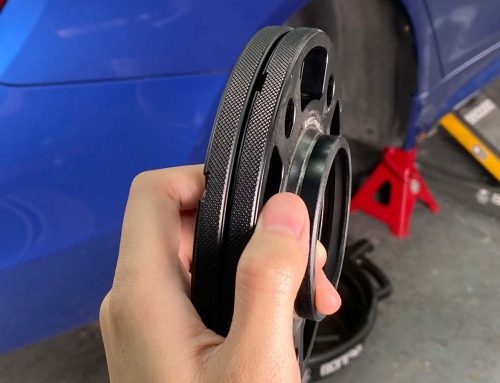Is it a “MUST” option that uses longer bolts on 10mm spacers? Will standard bolts have plenty on them to do this? Will extended wheel bolts fit the hub assembly and OEM wheels? These are popular questions that are discussed among many forums. Actually, yes, you need longer bolts when using 10mm spacers. Never try to use the stock bolts on the 10mm spacers. There won’t be enough thread engagement to properly keep the wheels secured. As a thumb of rule, if the stock bolts are 27mm long, so 27 + 10 = 37mm (stock bolt length + spacer thickness = extended wheel bolt length), at least 37mm extended wheel bolts are safe. There can be a little bit of diverging from that, but a little bit longer is better than shorter. Don’t get them too long, or the bolt may hit the inside thread hole.
What Kind of Extended Wheel Bolts Fits 10mm Spacers?
Running extended wheel bolts with 10mm spacers have no problems. The extended bolts are designed to allow you to run rims with spacers and still have enough thread to be fastened. It is very dangerous to run 10mm spacers with stock wheel bolts. Even if it was a 5mm spacer, we will recommend longer bolts, because you don’t want to take a chance on one of your wheels falling off. The seat type is an important features many people would overlook. Seat type of a wheel bolt means the actual contact area between the bolt’s head and the wheel lug hole. Using a wheel bolt with wrong seat type would make the wheel simply not be fastened to the hub correctly. The most commonly found styles include radius, conical, and flat (“mag”). If you plan on running stock wheels, you need extended wheel bolts with the same seat type as the stock ones. If you intend to run aftermarket wheels, then both radius and conical seats are possible. Figure out which type is suitable before buying them.
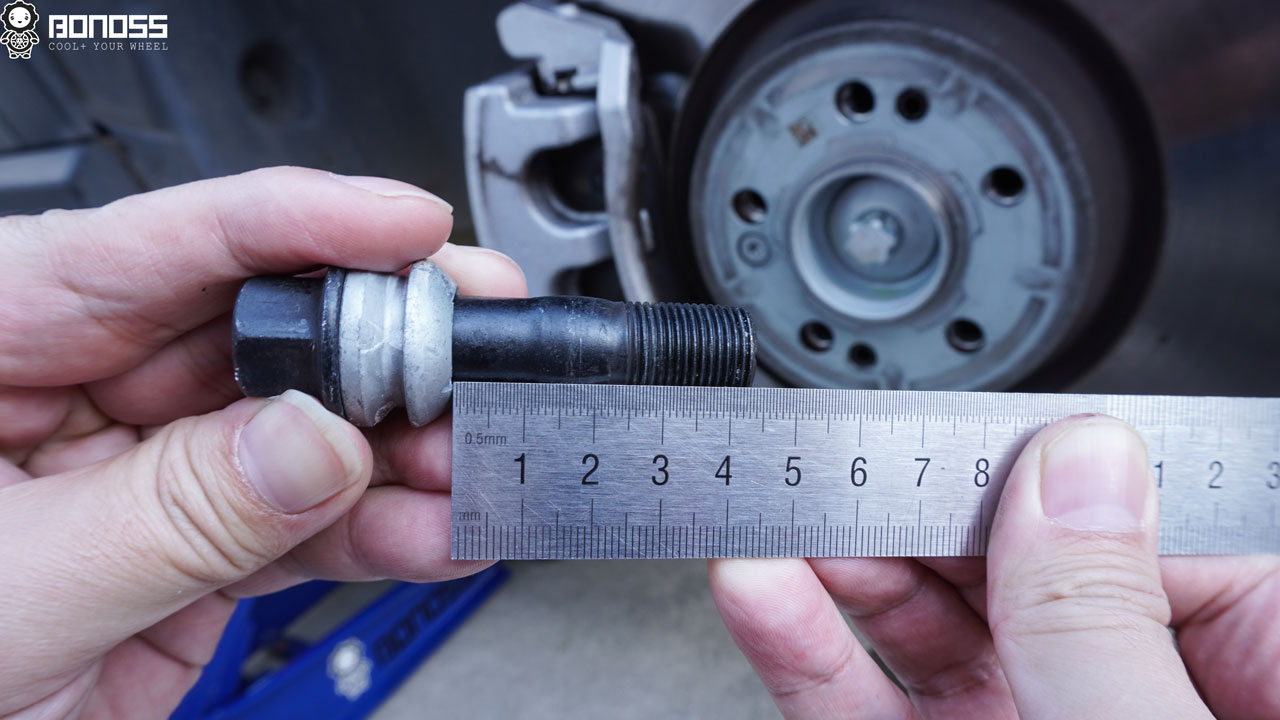
Do 10mm Spacers Need to Be Hubcentric?
Generally, hubcentric 10mm wheel spacers are designed with a hubcentric ring in the middle, which will fit perfectly on the axle hubs and the wheels. In this way, the wheels are centered by the hub connection and the lug bolts can hold it flush against the mounting plate. Lugs can be bent under force and provoke vibration if you keep the wheels unbalanced with lug-centric spacers for a long time. A 10mm hubcentric spacer allows the wheel to better support the vehicle’s weight and fills the gap for a more tight fit, providing the minimum chance of vibration. This is why most originally equipped wheels are hub-centric. Compared with traditional 10mm hubcentric spacers, BONOSS has upgraded the universal design, which is called “thin hubcentric design”. Such a design ensures that the 10mm spacers better fit the hub flange as well as further improve the lightweight effect. Of course, not all vehicles are fit a 10mm hubcentric spacer. Whether your 10mm spacers are hubcentric or lug-centric will be determined by how they fit on the vehicle, as well as where the vehicle weight sits.

